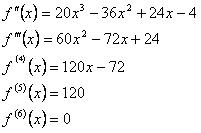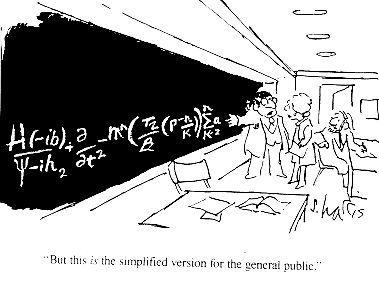Marginal Analysis
Marginal analysis is the study of the rate of change of economic quantities
So in this lesson MARGINAL is the same as DERIVITIVE OF
Marginal Cost: the derivative of the cost function
Marginal Revenue: the derivative of the revenue equation
Marginal Profit: the derivative of the profit equation
Cost Functions
To find the actual cost of the last individual product produced (x):
To find the marginal cost of the number of products produced (x):
Find the derivative of the cost function
To find the average cost per unit produced: 
Use the notation for the average cost per unit produced: 
Revenue Functions
To find the revenue:

To find the marginal revenue:
Find the derivative of the revenue function
Profit Functions
To find the profit:

To find the marginal profit:
Find the derivative of the profit function
Elasticity of Demand
To find the elasticity of demand: 
Elastic: if (E>1) then an increase in price will cause a decrease in revenue (revenue will react in an opposite manner from the price)
Inelastic: if (E<1)> then an increase in price will cause an increase in revenue (revenue will react in a similar manner as the price)
Unitary: if (E=1) then an increase in price will cause the revenue to stay about the same
Example Problem
Find the elasticity of demand from the demand equation if Sally is selling Prepstock tickets for $12:


Step 1: Resolve the equation in terms of x. Step 2: Plug in to the elasticity equation
Step 2: Plug in to the elasticity equation
Step 3: Find the elasticity of any price (p), in this case plug in 12

Here is a site with some practice problems:
http://www.math.purdue.edu/~rzhao/Courses/MA223/Lesson17.pdf
KJ, you are up next with lesson 3.5 High Order Derivatives.
"Cherish your vision and your dreams as they are the children of your soul; the blueprints of your ultimate achievements."















 Step 2: Plug in to the elasticity equation
Step 2: Plug in to the elasticity equation









